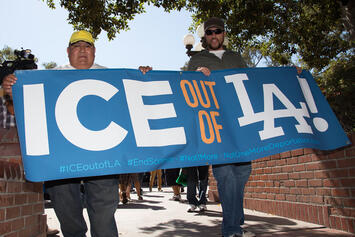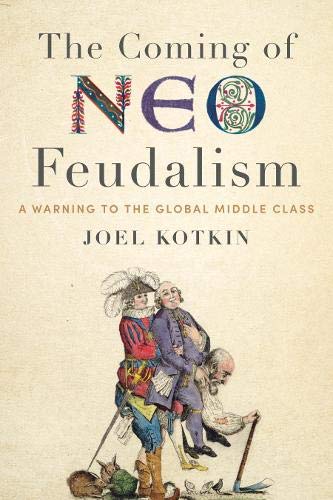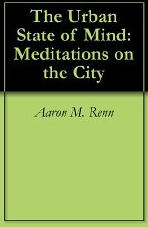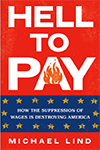
Even as Californians protest the crude and often brutal deportation tactics employed by President Trump’s ICE and Homeland Security agents, we’re giving too little thought to how our state, and the nation, is failing the very immigrant community we want to protect.
In the past, particularly in the last century, when the U.S. economy, and California’s, was growing at a fast rate, loosely controlled immigration filled critical needs and, over time, moved many immigrants into an increasingly diverse middle class. But now newcomers are getting stuck. According to new findings from USC and University of California researchers, immigrants account for nearly a quarter of the U.S. population living in poverty, up from 14% three decades ago.
The immigrant poverty rate fluctuates, but it has been rising in recent years, especially since the pandemic. In 2024, 22.4% of all immigrants and 28.4% of non-citizen immigrants, including the undocumented, were poor, the highest rates since 2008.
As well, welfare dependency is more pronounced among immigrants than the native born. A 2023 analysis of census data showed that 54% of households headed by naturalized citizens, legal residents and the undocumented use one or more welfare programs versus 39% of U.S.-born households.
In California, the overall situation is only slightly better. A 2023 report from the Public Policy Institute of California put the poverty rate for all foreign-born residents at 17.6%, compared to 11.5% for those born here. For unauthorized immigrants, however, the rate was even higher than the national figure: 29.6%. Undocumented households, notes a separate USC study, have consistently had the lowest median household income in L.A. — $46,500, compared to $75,000 among all Angelenos in 2024.
The grim statistics reflect a decline starting in the 1980s in blue-collar industries in California, which traditionally offered upward mobility to immigrants. Unionization in the immigrant-heavy hospitality industry has helped lift some families, but those gains may lead to fewer jobs as employers look to rein in costs, potentially by automating some services. And immigration itself, especially mass immigration, puts downward pressure on many of the jobs newcomers fill — in agriculture, for example, or construction.
The dearth of jobs that support families has pushed California toward a model that Michael Lind, a Texas-based historian and author, describes as the “low wage/high welfare model.”
Read the rest of this piece at: Los Angeles Times.
Joel Kotkin is the author of The Coming of Neo-Feudalism: A Warning to the Global Middle Class. He is the Roger Hobbs Presidential Fellow in Urban Futures at Chapman University and and directs the Center for Demographics and Policy there. He is Senior Research Fellow at the Civitas Institute at the University of Texas in Austin. Learn more at joelkotkin.com and follow him on Twitter @joelkotkin.
Photo: SEIU Local 99, via Flickr,underCC 2.0 License.












